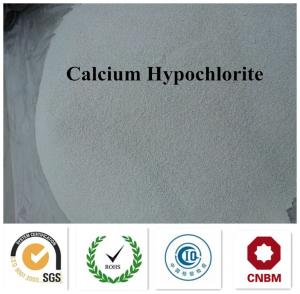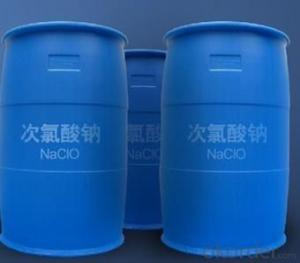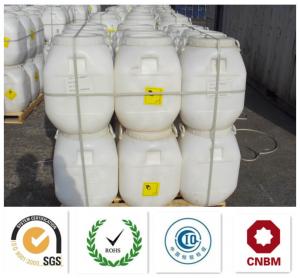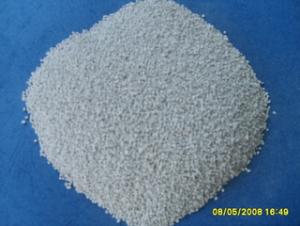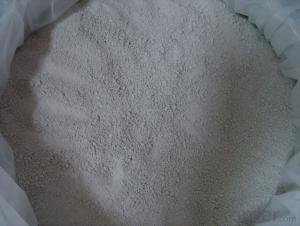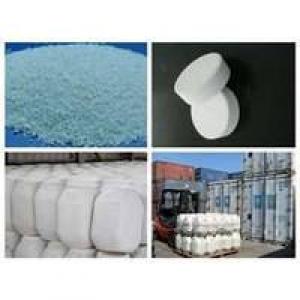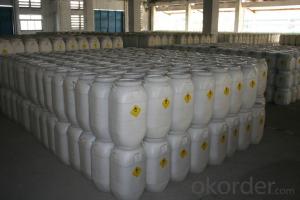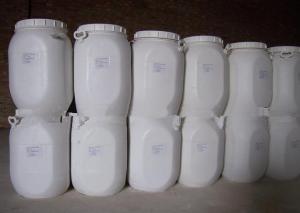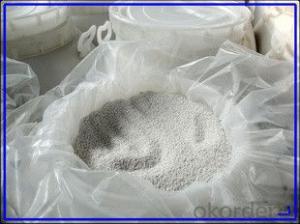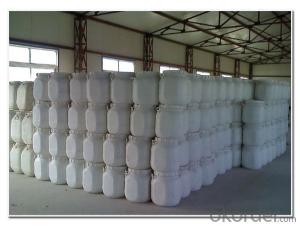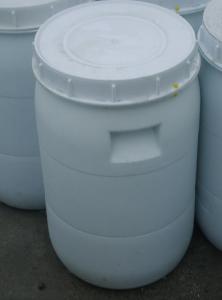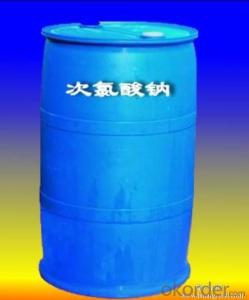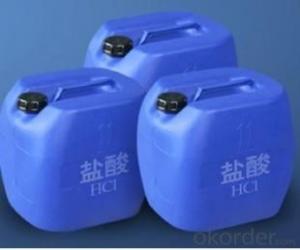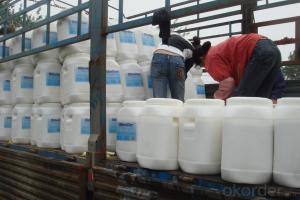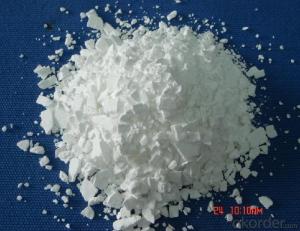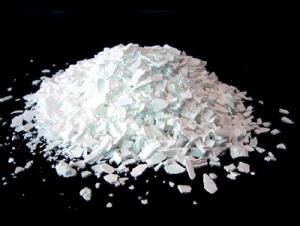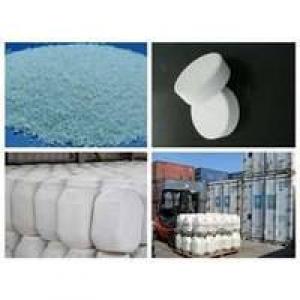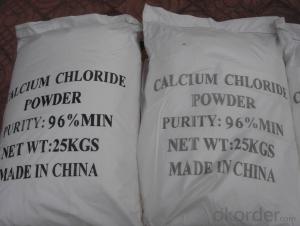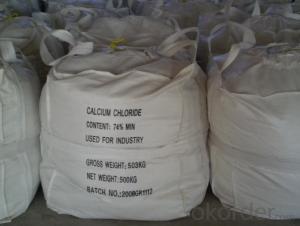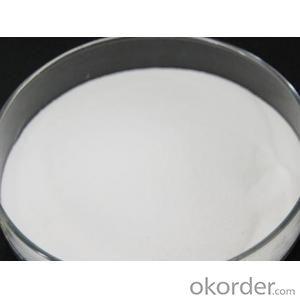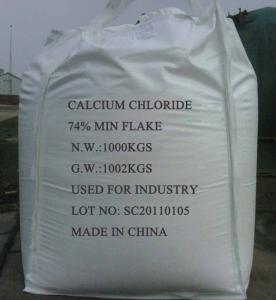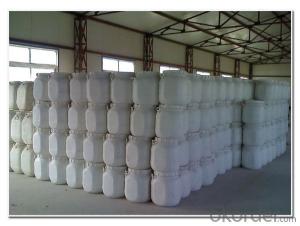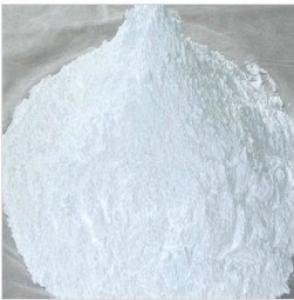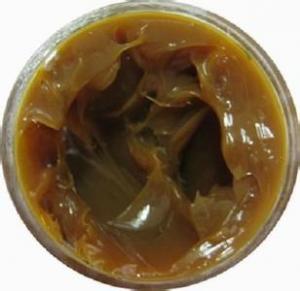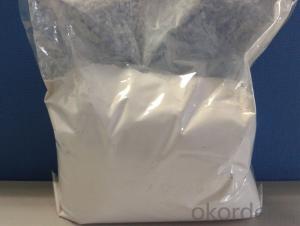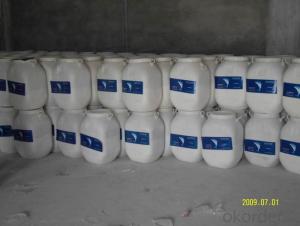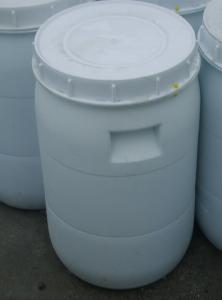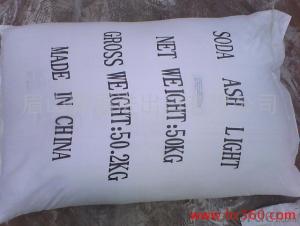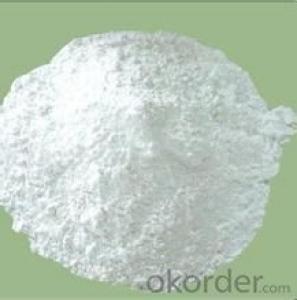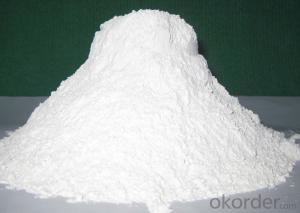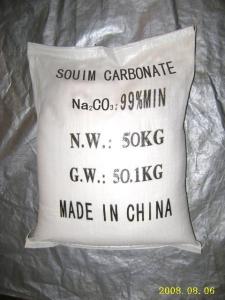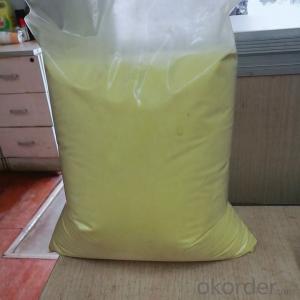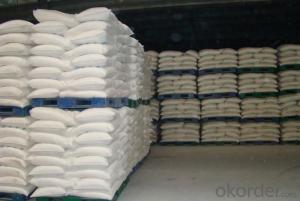Calcium Hypochlorite
Calcium Hypochlorite Related Searches
Calcium Fluorite Calcium Fluoride Calcium Chloride Crystals Calcium Borate Calcium Oleate Calcium Aluminate Calcium Peroxide Calcium Silicate Slag Characteristics Of Hydrochloric Acid Calcium Silicate Fertilizer Calcium Oxide And Silicon Dioxide Caustic Soda Flakes Carboxymethyl Hydroxyethyl Cellulose Common Household SubstancesCalcium Hypochlorite Supplier & Manufacturer from China
Calcium Hypochlorite is a widely used chemical compound, known for its effectiveness as a disinfectant and sanitizer. It is commonly found in swimming pool treatments, water purification systems, and various industrial applications due to its ability to kill bacteria, viruses, and other microorganisms. The product is also used in agriculture to control pests and diseases, as well as in the production of paper and textiles.In terms of application and usage scenarios, Calcium Hypochlorite plays a crucial role in maintaining cleanliness and safety in various environments. It is particularly effective in treating water supplies, ensuring that they are free from harmful contaminants. Additionally, it is used in the sanitation of surfaces and equipment in food processing facilities, hospitals, and other industries where hygiene is of utmost importance. The product's versatility makes it an essential component in a range of industries, from healthcare to agriculture.
Okorder.com is a reputable wholesale supplier of Calcium Hypochlorite, boasting a large inventory to meet the demands of various industries. With a commitment to quality and customer satisfaction, Okorder.com ensures that the product is available in bulk quantities at competitive prices. This makes it an ideal choice for businesses looking to incorporate Calcium Hypochlorite into their operations, whether for water treatment, sanitation, or other applications.
Hot Products
